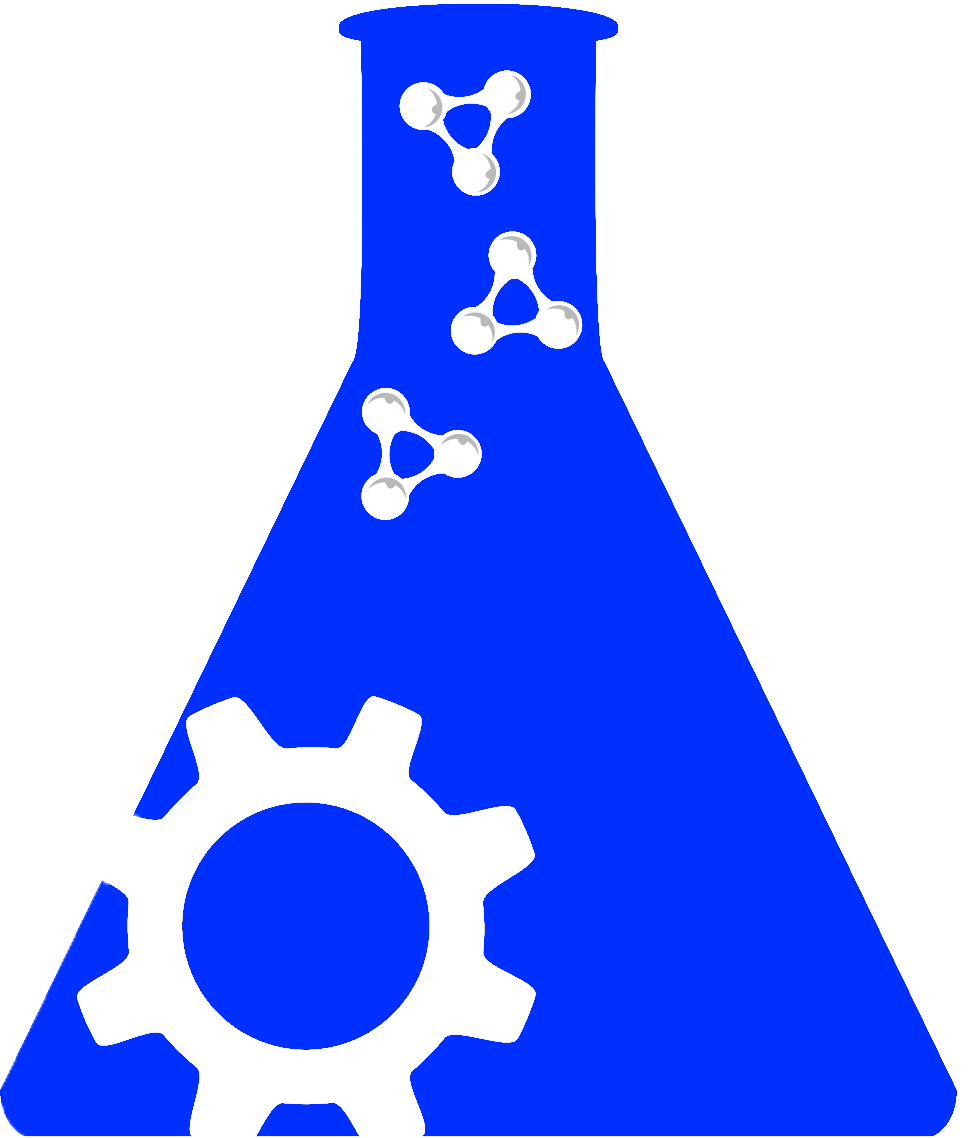Searching across hundreds of databases

Are you sure you want to leave this community? Leaving the community will revoke any permissions you have been granted in this community.
Proper Citation: SEVENS (RRID:SCR_004688)
Description: THIS RESOURCE IS NO LONGER IN SERVICE. Documented on January 11, 2023. SEVENS summarizes GPCR (G-protein coupled receptor) genes that are identified with high accuracy from 43 eukaryote genomes, by a pipeline integrating such software as a gene finder, a sequence alignment tool, a motif and domain assignment tool, and a transmembrane helix predictor. This treats a larger data space (than that in currently available other databases), which should include not only the expressed sequences but also the newly identified sequences that cannot be detected by in vivo experiments, although they definitely exist on the genome sequence and are just waiting for the opportunity to express their functions. SEVENS provides the infrastructure of general information of GPCR universe for comparative genomics. We developed an automatic system for identifying GPCR (G-protein coupled receptor) genes from various kinds of genomes, by integrating such software as a gene finder, a sequence alignment tool, a motif and domain assignment tool, and a transmembrane helix predictor. SEVENS enables us to perform a genome-scale overview of the GPCR universe using sequences that are identified with high accuracy (99.4% sensitivity and 96.6% specificity). Using this system, we surveyed the complete genomes of 7 eukaryotes and 224 prokaryotes, and found that there are 4 to 1016 GPCR genes in the 7 eukaryotes, and only a total of 16 GPCR genes in all the prokaryotes. Our preliminary results indicate that 11 subfamilies of the Class A family, the Class 2(B) family, the Class 3(C) family and the fz/smo family are commonly found among human, fly, and nematode genomes. We also analyzed the chromosomal locations of the GPCR genes with the Kolmogorov-Smirnov test, and found that species-specific families, such as olfactory, taste, and chemokine receptors in human and nematode chemoreceptor in worm, tend to form clusters extensively, whereas no significant clusters were detected in fly and plant genomes. How we found GPCR sequences: Candidate GPCR genes were collected from 32 eukaryote genomes by using the GPCR gene discovery pipeline, composed of two stages: (1) the gene finding stage, and (2) the GPCR gene screening stage. 1)Gene finding stage (i.e., translation of genomic sequences into amino acid sequences). 2)GPCR gene screening stage of GPCR candidates by assessing genes with sequence search, motif- and domain assignment, and transmembrane helix (TMH) prediction. Details available at the website. Acknowledgment: We are pleased to acknowledge the use of the BLAST package from NCBI, the SOSUI from Dr. T. Hirokawa, the ALN from Dr. O. Gotoh, the HMMER from Dr. A. Bateman. This work was supported by KAKENHI (208059) (Grant-in-Aid for Publication of Scientific Research Results) of Japan Society for the Promotion of Science (JSPS).
Synonyms: SEVENS
Resource Type: database, data or information resource
Defining Citation: PMID:19718507, PMID:29892516
Keywords: eukaryote, gene, chromosomal locations, comparative genomics, genomes, g-protein coupled receptor, g-protein coupled receptor genes, prokaryotes, signal transudation, transmembrane helices
Expand Allhas parent organization |
National Institute of Advanced Industrial Science and Technology |
We found {{ ctrl2.mentions.total_count }} mentions in open access literature.
We have not found any literature mentions for this resource.
We are searching literature mentions for this resource.
Most recent articles:
{{ mention._source.dc.creators[0].familyName }} {{ mention._source.dc.creators[0].initials }}, et al. ({{ mention._source.dc.publicationYear }}) {{ mention._source.dc.title }} {{ mention._source.dc.publishers[0].name }}, {{ mention._source.dc.publishers[0].volume }}({{ mention._source.dc.publishers[0].issue }}), {{ mention._source.dc.publishers[0].pagination }}. (PMID:{{ mention._id.replace('PMID:', '') }})
A list of researchers who have used the resource and an author search tool

A list of researchers who have used the resource and an author search tool. This is available for resources that have literature mentions.
No rating or validation information has been found for SEVENS.
No alerts have been found for SEVENS.
Source: SciCrunch Registry